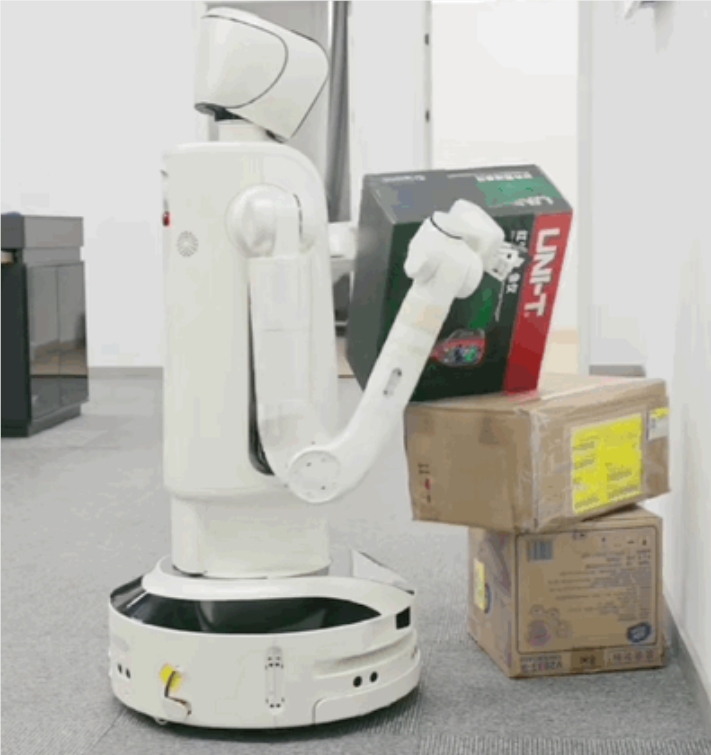In India, the issue of missing children has become increasingly severe. By the end of 2023, the number of missing children had risen to 47,000. To address this challenge, the police have begun leveraging artificial intelligence (AI) technology to help solve cases.
In January 2024, the Delhi Police successfully solved a "blind case" with the aid of AI. A team of 30 officers used AI technology to reconstruct the facial features of an unidentified man. As the man's face was too damaged to be recognizable, the AI-generated image became a crucial breakthrough.

Image source: Generated by AI, provided by Midjourney
Ultimately, this processed image was uploaded to the Crime and Criminal Tracking Network (CCTN) website. To everyone's surprise, the deceased's brother saw the image and contacted the police, confirming the identity of the deceased as Hritender. This was just the beginning.
Recently, India Today partnered with the Rajasthan Police to start using AI technology to solve missing children cases. Sahid NK, a young graphic designer involved in the project, said: "I often receive old photos that are so blurred it's almost impossible to recognize the faces. We have to use our imagination and the available details to reconstruct past faces." He uses AI tools to help restore these faces, commonly using Freepic's Picasso and the more complex Illusion Diffusion.
In his view, a similar project in Kenya, which found 496 missing children over four years, inspired him. In India, the situation is more complex, but AI still brings hope to these families.
Meanwhile, a startup in Gurgaon, Staqu Technologies, is also applying AI to crime-solving. The company collaborates with multiple state governments to enhance public safety. Although its main revenue comes from the private sector, its AI tool Crime GPT has helped the Uttar Pradesh Police apprehend several criminals. Crime GPT can quickly extract individual information and query through text and voice, significantly improving investigative efficiency.
The introduction of this technology allows the police to obtain intelligence from digital crime databases, providing detailed information about criminal networks. Trinetra, another tool from Staqu, is specifically designed to track criminals through facial and voice recognition. Over the past six years, the company has identified more than 30,000 criminals, demonstrating its value in India's densely populated environment.
Internationally, many countries are also using AI technology for crime-solving. In the United States, the Miami Police Department has increased the homicide solve rate to 68% using AI technology. AI algorithms are changing the way law enforcement agencies handle video and image data, enabling functions such as facial recognition and weapon identification.
Key Points:
🔍 The number of missing children in India reached 47,000 by the end of 2023, with police utilizing AI technology to aid in their search.
🎨 Young designer Sahid uses AI tools to restore the faces of missing children, bringing hope to families.
🤖 Staq Technologies introduces the Crime GPT tool, helping police quickly identify criminals and improve investigative efficiency.









